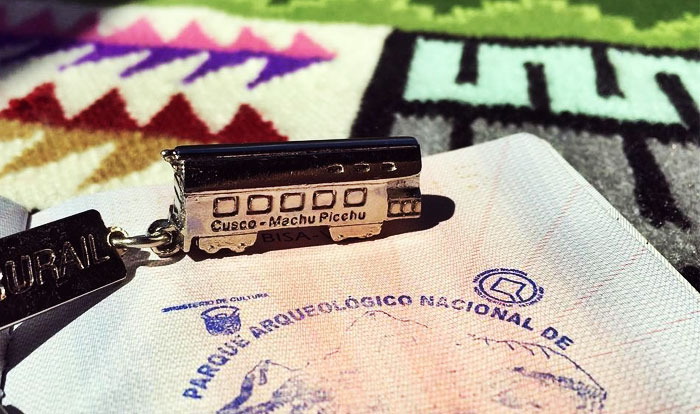
Transport in Peru
AIRPLANE
Definitely the best way (and the safest) to travel to Peru is by plane. Five companies provide domestic flights: LAN Perú, Star Perú, Avianca, Taca, LC Perú and Peruvian Airlines – the most expensive to the cheapest one. In general, Peruvian Airlines is a kind of low-cost airline.
LAN is a company that provides more flights, but they’re more expensive. On the contrary, you can hardly have a delay with LAN, unlike the other companies.
TRAIN
The Peruvian rail network is very limited, since its use became only for tourist activities.
You can find three routes:
*Lima-Huancayo: The operation of this line, the second highest in the world after that of Tibet, is far to travel daily (one to three departures per month). The trip is worthwhile because the train crosses the Ticlio Pass at 4818 m in a breathtaking landscape (but beware of altitude sickness if you’re not acclimatized).
*Cusco-Puno (Andean Explorer), Cusco-Ollantaytambo-Machu Picchu: These two lines are managed by PeruRail.
*Since 2010, one other private company entered to the market (not cheaper than those of Perurail) and began exploiting the line Ollantaytambo-Machu Picchu: The company Inca Rail, which hasn’t really offered lower rates than Peru Rail.
BUS
This is the main mean of transport in Peru.
Buses go everywhere to reach the cities or towns. For the connections between the most important cities (or the more tourist), there are national companies which themselves offer different levels of comfort. These range from economic buses to VIP, Imperial, etc.
Cheapest ones are ordinary buses without AC or toilets, which stop almost everywhere.
The most luxurious make fewer stops and provide meals on board. In this category, there are double-decker bus with more or less reclining seats, called cama and semi-cama.
Some companies are known for their reliability and comfort level, starting with Cruz del Sur, the most expensive but also the best one, which employs two drivers per bus and uses GPS to locate the bus permanently. We can also mention Movil Tours, Oltursa, Ormeño and Cial, offering average prices and good service.
COLECTIVOS
These are shared taxis/vans that run between some cities. A little more expensive than local buses but faster and much less expensive than individual taxis. Note that they leave once they’re full.
URBAN TAXIS AND BUSES
Definitely, taxis are the most convenient way to get around. They do not have counter. You can agree a price before getting in. Ask any local resident how much they charge for a particular ride. In general, a ride in town costs between 4 to 6 Soles (much more to Lima, where distances are larger).
Avoid fake taxis (those who have no a signe “Taxi” on the roof). Otherwise, you can also use some apps to ask for a cab. Uber is very popular in Lima, and Easy Taxi in cities like Cusco or Arequipa.
CAR RENTAL
The Panamericana road, which runs along the north coast to the south of the country is in good condition, however the rest of the road network remains poor, with infernal passages in the sierra.
The main lines are good, generally well paved. However, always ask before using an important road, distances are barely expressed in kilometers but in time. Best to check with local transportation companies and keep in mind that the crossing the Andes is still very long.
A 4×4 is useful, even essential, to explore some remote areas like the canyon Cotahuasi, for example.
In cities, the signs are rare, however the important directions are well marked on the road: This does not prevent boarding a detailed map (not easy to find either) and have some Spanish useful words to ask during your way.
In Theory, it’s required to have an international driving license, even if police and some renters never ask.
Finally we can mention some car renters like Hertz, Peru rent a Car, etc.
For more information don’t hesitate to contact us or visit our site Machu Picchu Explorer.